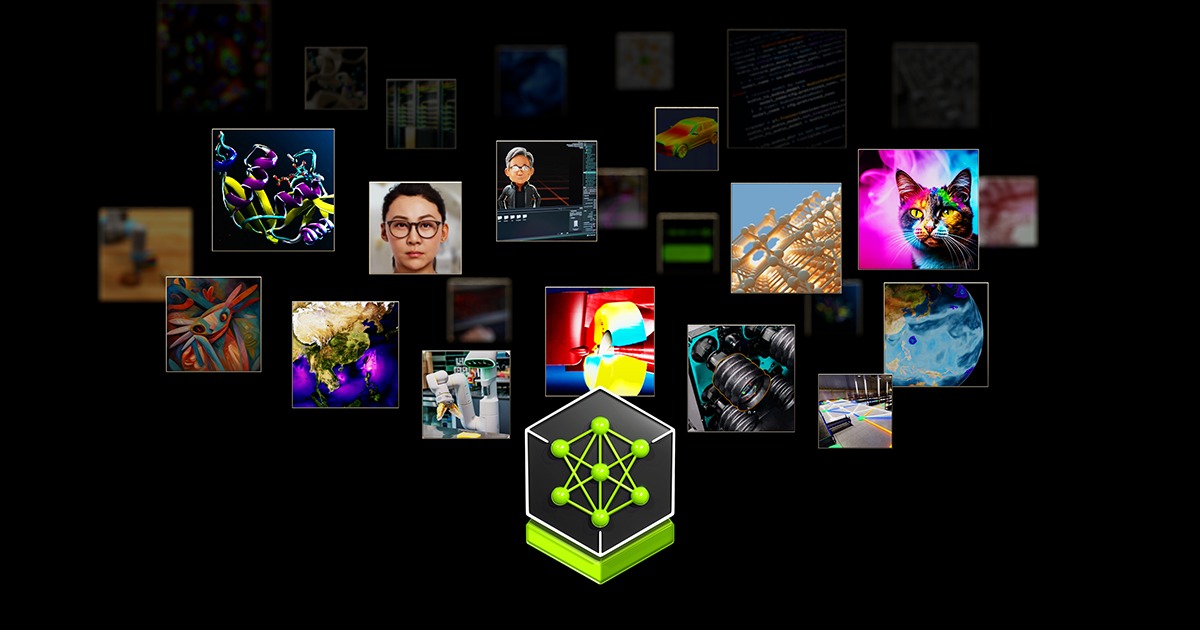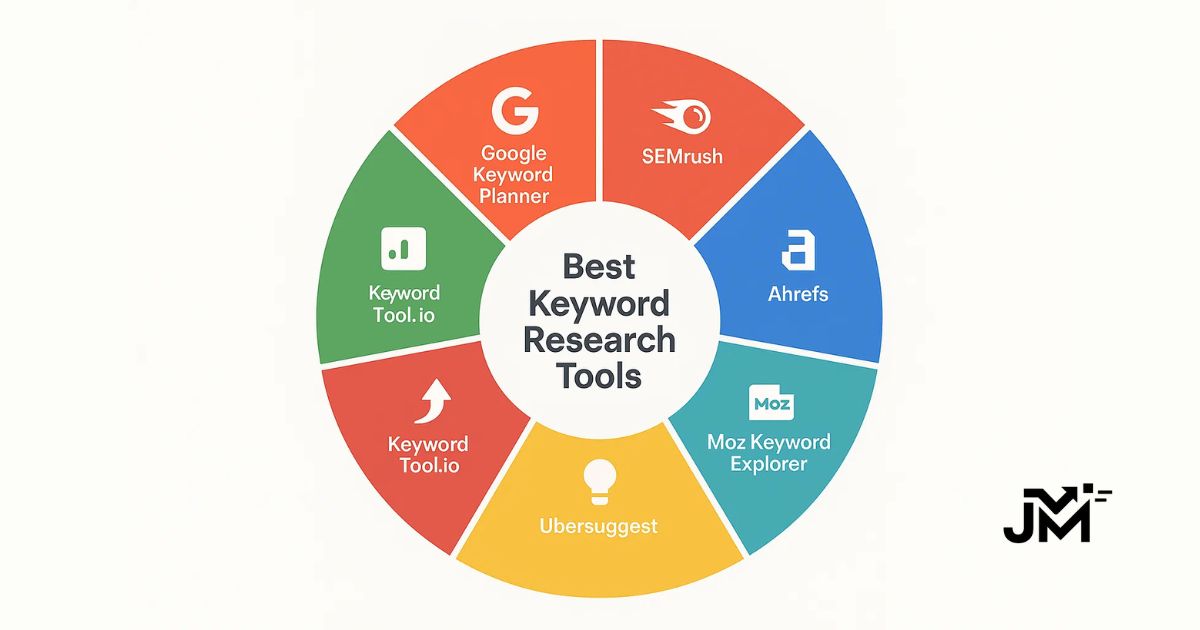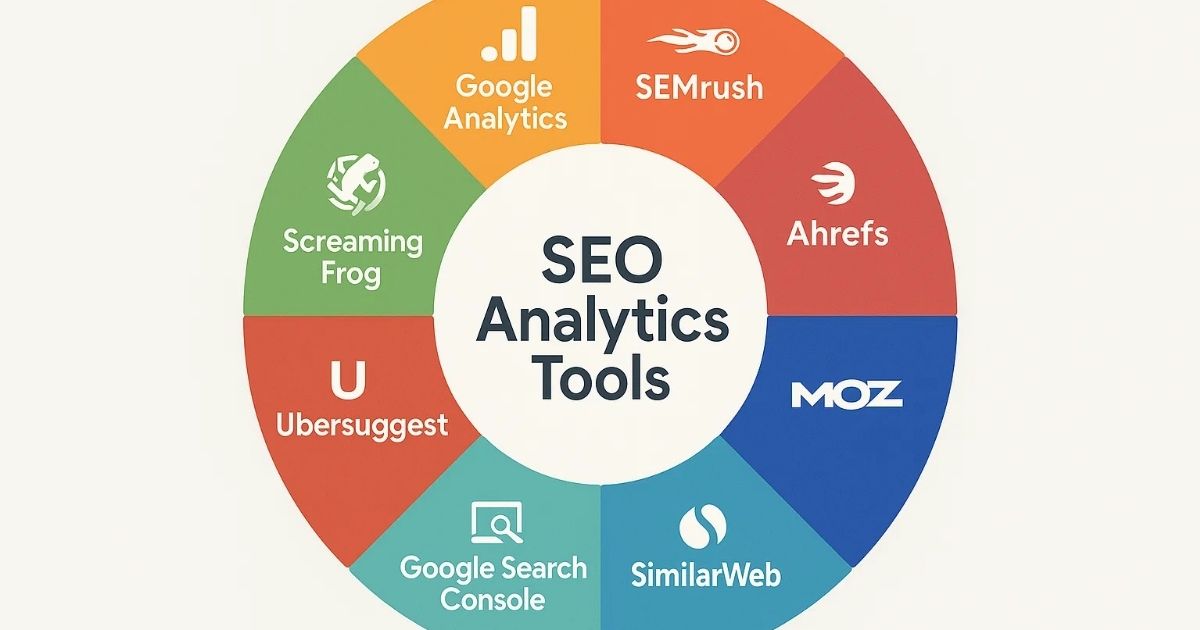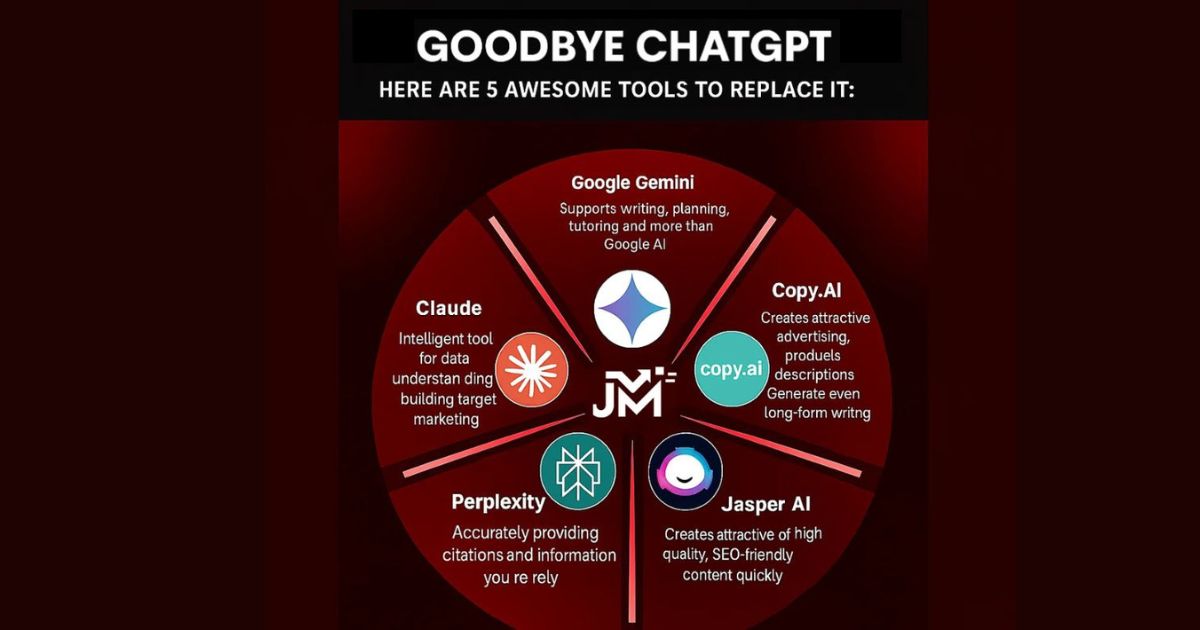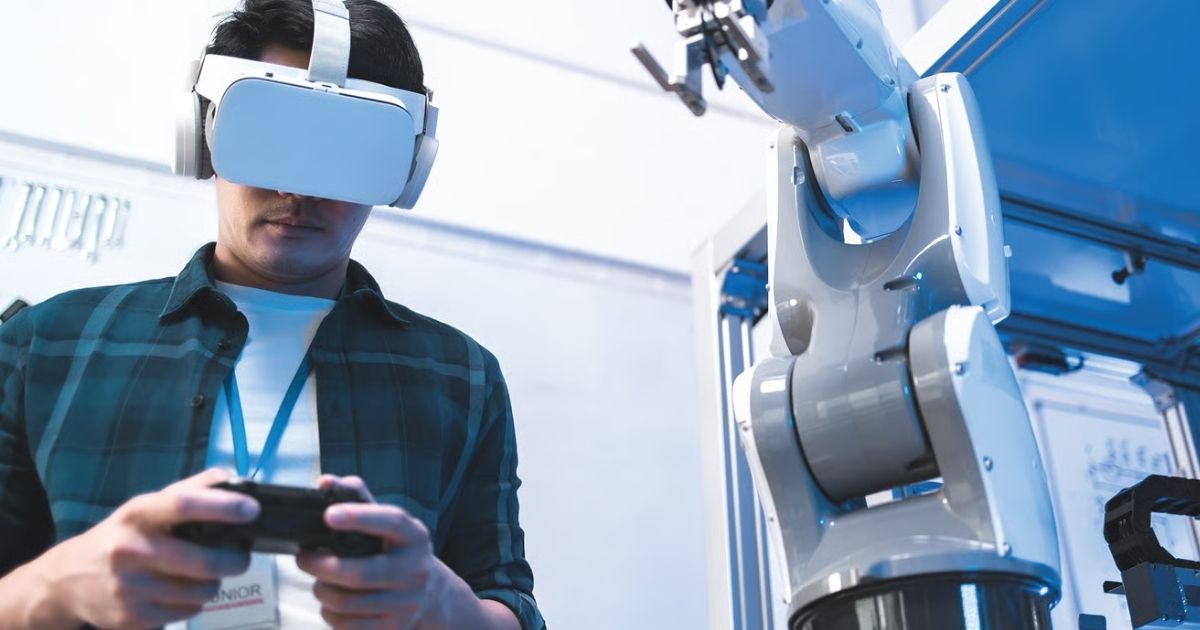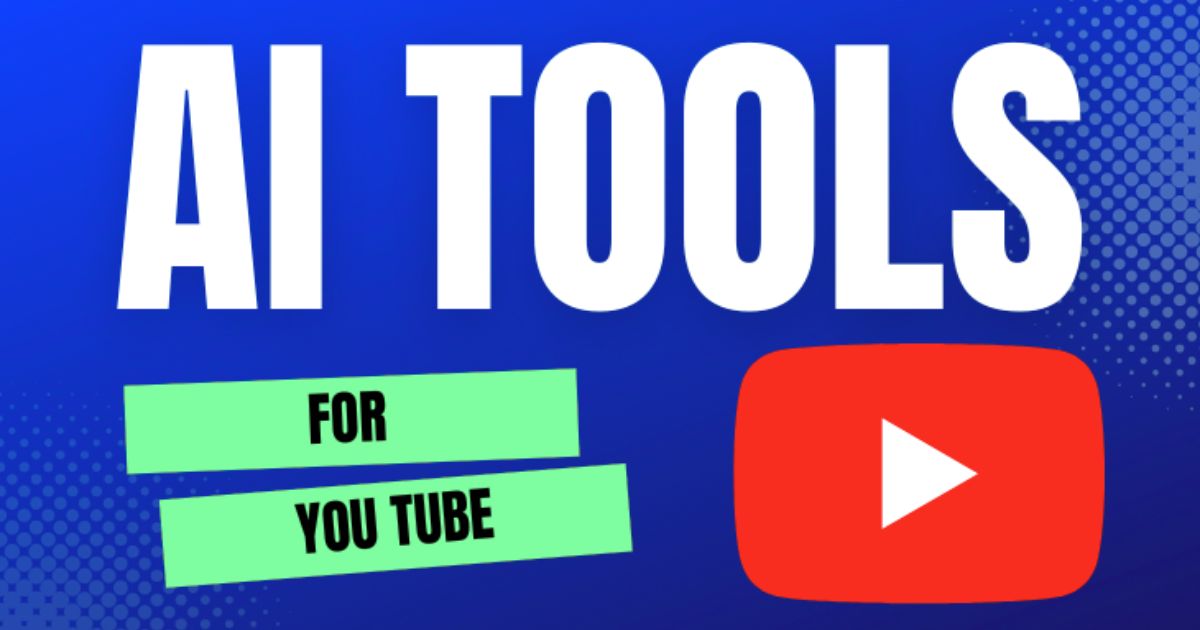At the Siggraph 2024 conference, Nvidia unveiled a suite of generative AI tools - Nim, designed to revolutionize the creation of 3D worlds and digital twins. These tools, aimed at streamlining processes across various industries beyond entertainment, signify a major leap in the application of artificial intelligence in 3D modeling and virtual environment construction.
Nvidia's new offerings, built upon the Universal Scene Description (OpenUSD) format, include a range of Nim microservices that enhance efficiency in building virtual assets. This blog delves into the purpose, features, accessibility, security, performance, customer support, and future outlook of these innovative tools.
Purpose and Objectives

The primary objective of Nvidia's new AI tools is to simplify and expedite the creation of 3D worlds and digital twins. By leveraging generative AI, these tools aim to reduce the manual effort required in 3D modeling and virtual asset development, thereby allowing creators and developers to focus more on design and functionality.
The tools are not limited to the entertainment industry but are also poised to benefit sectors such as engineering, manufacturing, and marketing. For example, companies like Foxconn and WPP have already utilized these tools for creating digital twins of manufacturing facilities and accelerating production processes for clients, respectively.

Nvidia's AI tools are part of a broader strategy to support and expand the use of the OpenUSD format. This open standard is critical for creating interoperable and scalable virtual environments that can be used across various applications, including simulation, training, and visualization. By enhancing support for OpenUSD, Nvidia aims to establish it as a dominant standard for 3D data representation.
Key Features
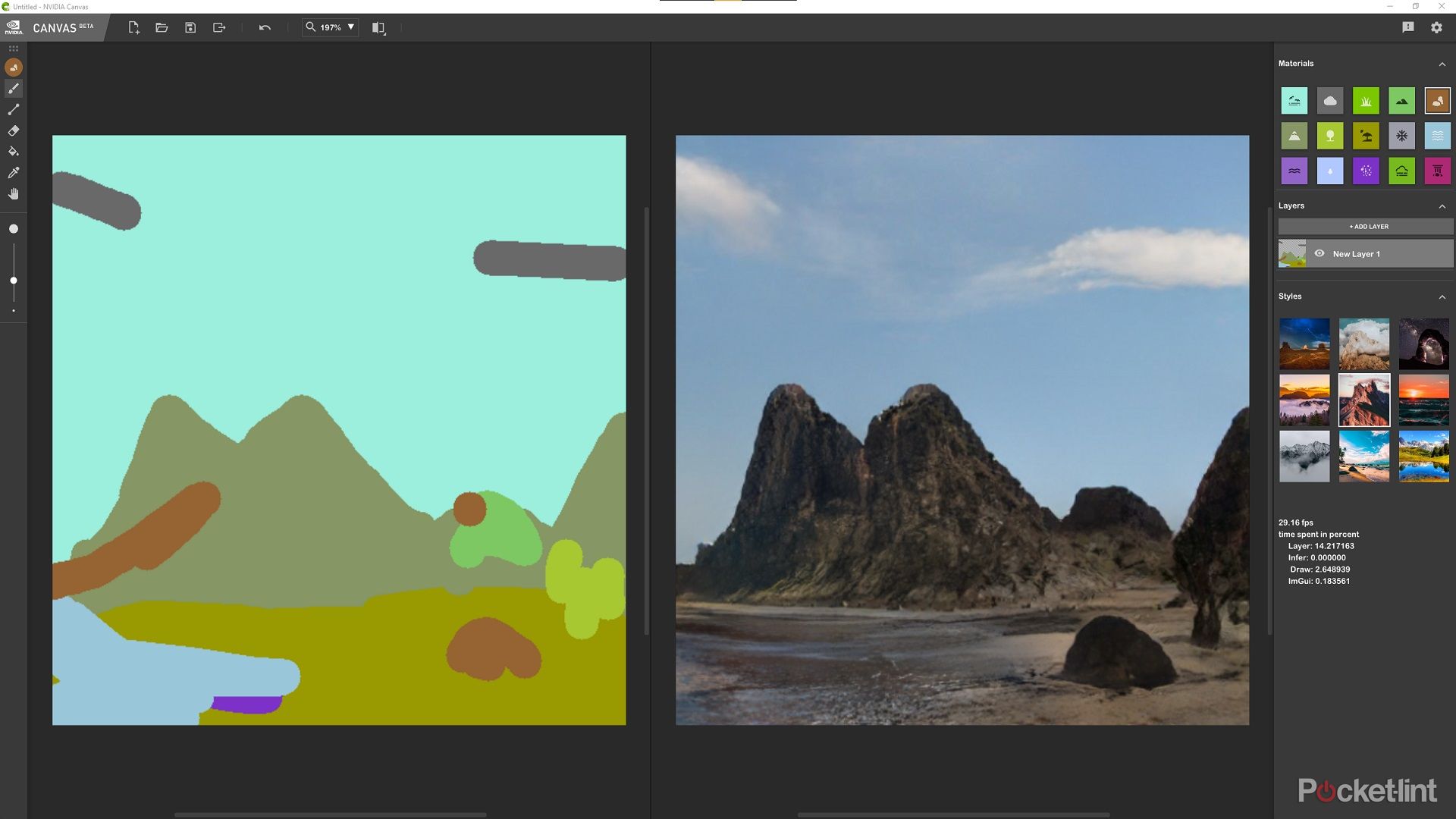
The standout features of Nvidia's new generative AI tools include a series of Nim microservices, each tailored to specific aspects of 3D content creation:
- USD Code: This microservice assists in generating OpenUSD code from text prompts, enabling faster and more accurate development of virtual assets.
- USD Search: It enhances the efficiency of asset library searches, making it easier for creators to find the resources they need.
- USD Validate: This service checks the compatibility of assets and ensures they meet the necessary standards for integration into larger projects.
- USD Layout: It automates the assembly of scenes, significantly reducing the time required to set up complex virtual environments.

In addition to these, Nvidia also introduced tools that facilitate the integration of robotics data into virtual environments and the streaming of large OpenUSD datasets to spatial computing headsets. These features make the tools highly versatile, catering to a wide range of applications from industrial simulations to advanced digital marketing campaigns.
Accessibility and Compatibility
Nvidia's AI tools are designed with accessibility and compatibility in mind. They support the OpenUSD format, which is increasingly being adopted across various industries. This ensures that the tools can be easily integrated into existing workflows and used in conjunction with other software that adheres to the OpenUSD standard.
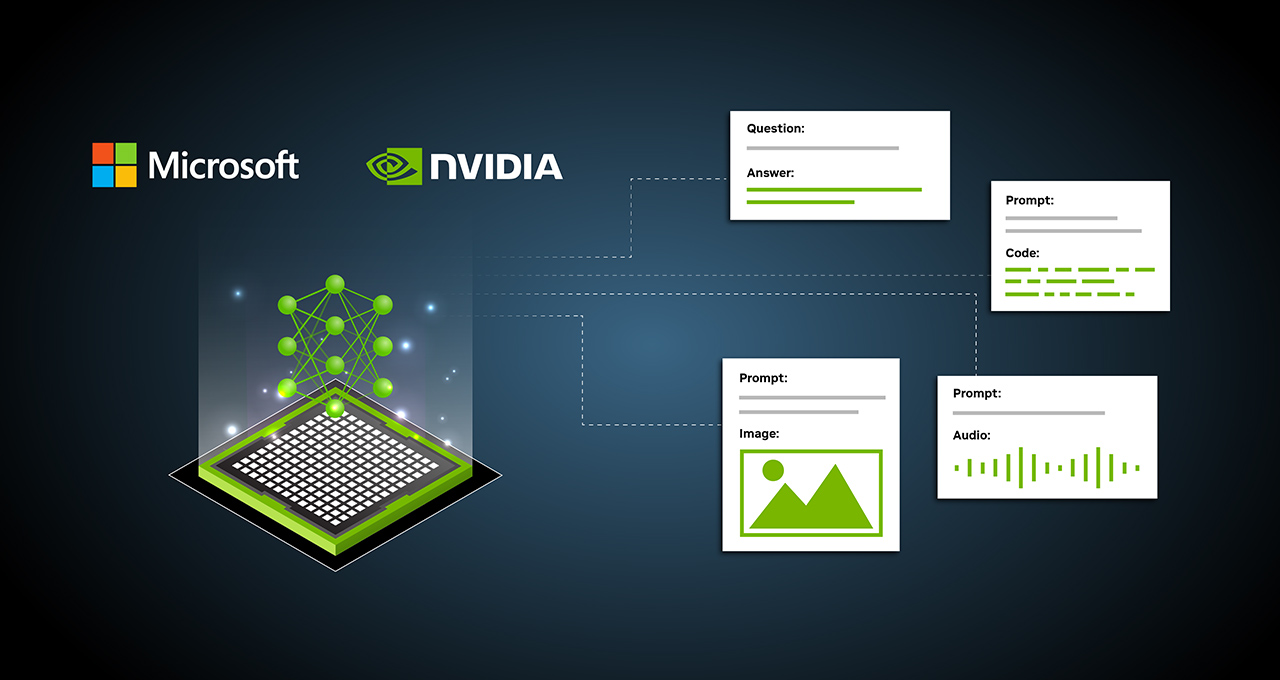
Moreover, Nvidia has formed partnerships with major companies like Siemens and Pixar, as well as established the Alliance for OpenUSD nonprofit organization.
This alliance aims to promote the adoption of OpenUSD, improve interoperability between different tools, and enhance compatibility across diverse industrial contexts. The alliance is expected to play a crucial role in expanding the use of OpenUSD beyond entertainment, making it a cross-industry standard.
Security and Privacy
Security and privacy are critical considerations for any AI tool, especially those used in creating proprietary digital assets and virtual environments. Nvidia's tools incorporate advanced security features to protect intellectual property and sensitive data. The USD Validate microservice, for instance, ensures that assets are not only compatible but also secure for use within the OpenUSD ecosystem.
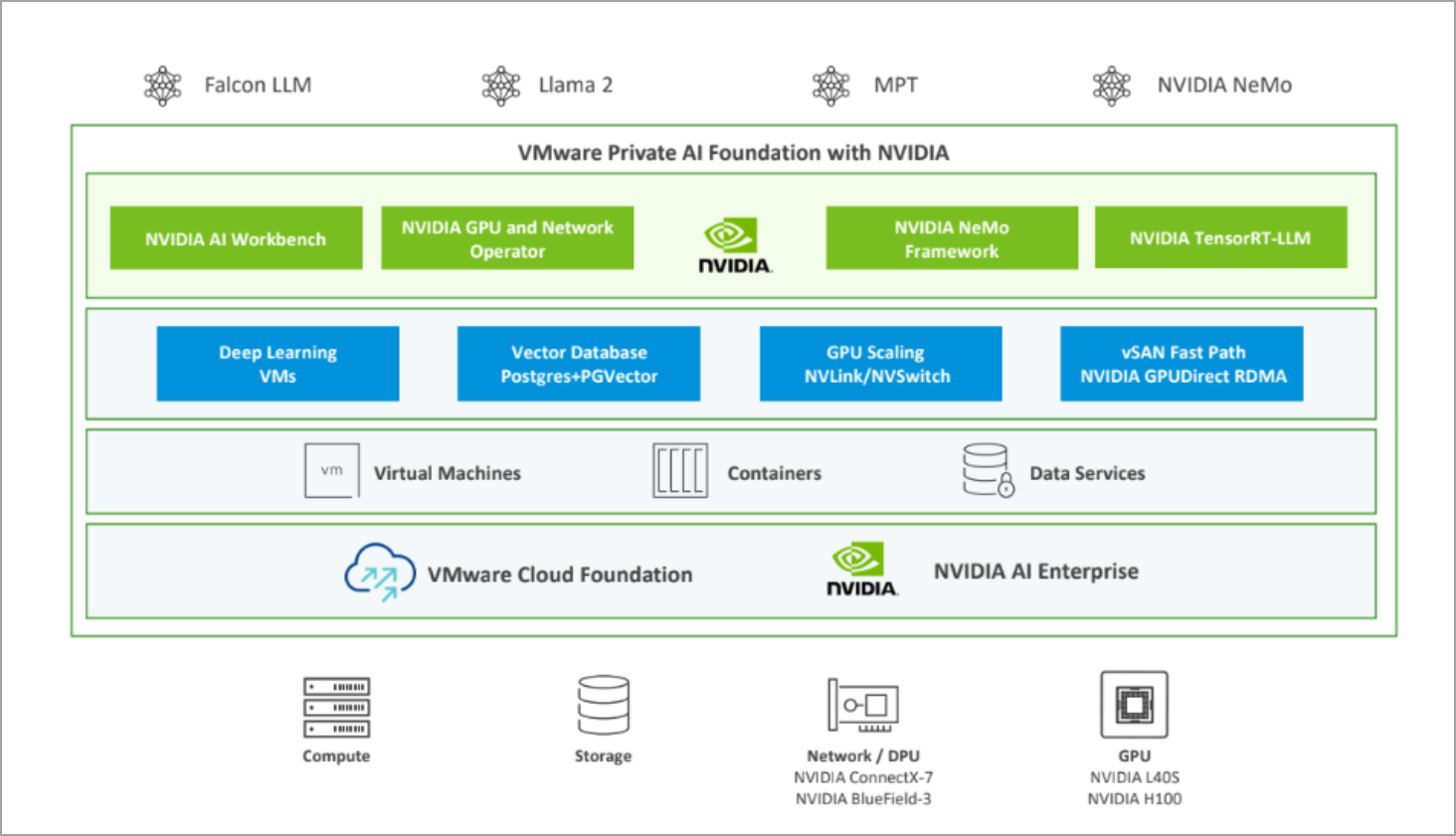
Furthermore, the tools are designed to operate within secure, controlled environments, allowing organizations to manage and restrict access as needed. Nvidia's collaboration with industry leaders in the Alliance for OpenUSD also facilitates the development of best practices and standards for security and privacy in the use of OpenUSD and related technologies.
Performance and Scalability
Performance and scalability are vital tools used in the creation of 3D worlds and digital twins. Nvidia's AI tools are built to handle large datasets and complex simulations, ensuring high performance even in demanding applications. The Nim microservices, such as USD Layout and USD Code, are optimized to streamline processes and reduce computational overhead, allowing for faster development and iteration.

Scalability is further enhanced by the tools' compatibility with Nvidia's Omniverse platform, which provides a scalable infrastructure for building and managing virtual environments. This integration allows organizations to scale their projects from small prototypes to large-scale simulations and digital twins, all while maintaining high levels of performance and efficiency.
Customer Support and Documentation
Nvidia offers comprehensive customer support and documentation for its AI tools. This includes detailed guides, tutorials, and API documentation to help users get started and make the most of the tools' capabilities. The company also provides training programs and workshops, often in collaboration with partners, to educate users on the best practices for using OpenUSD and the associated tools.
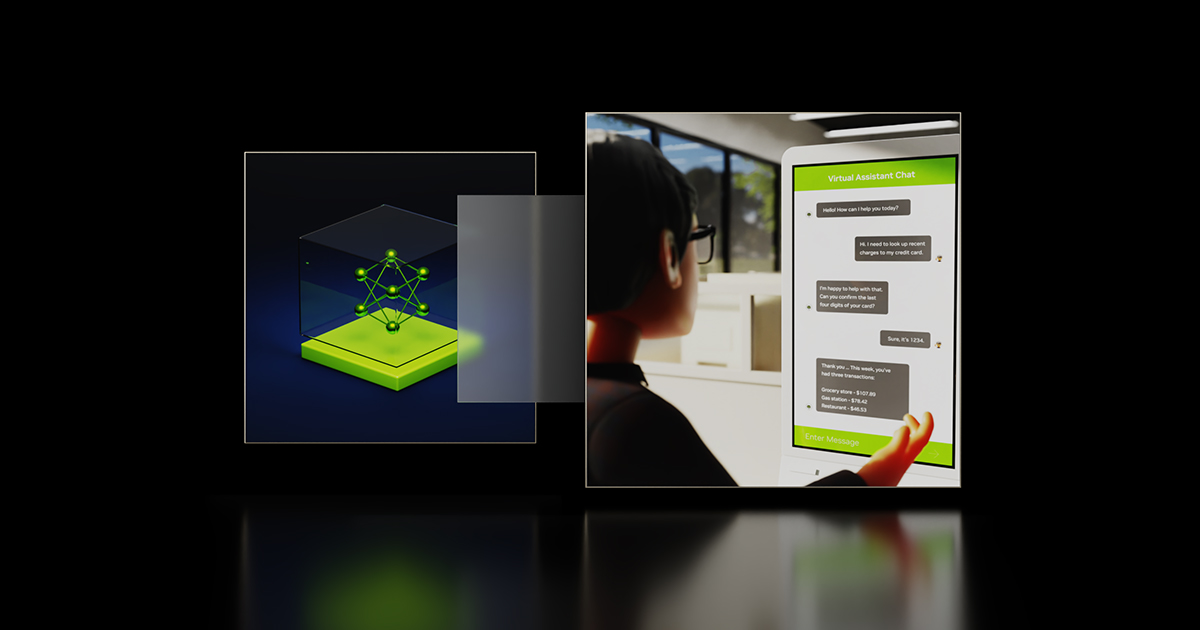
In addition, the Alliance for OpenUSD nonprofit organization plays a key role in developing and disseminating resources related to OpenUSD. This includes training materials, case studies, and technical documentation aimed at helping organizations adopt and integrate OpenUSD into their workflows.
Pricing and Availability
While specific pricing details for Nvidia's new AI tools were not disclosed at Siggraph 2024, the tools are expected to be available through Nvidia's Omniverse platform. The pricing model may include subscription-based plans, enterprise licenses, or pay-as-you-go options, depending on the scale and specific needs of the user. Nvidia's existing pricing structures for its other AI and visualization products may also provide some insight into potential costs.
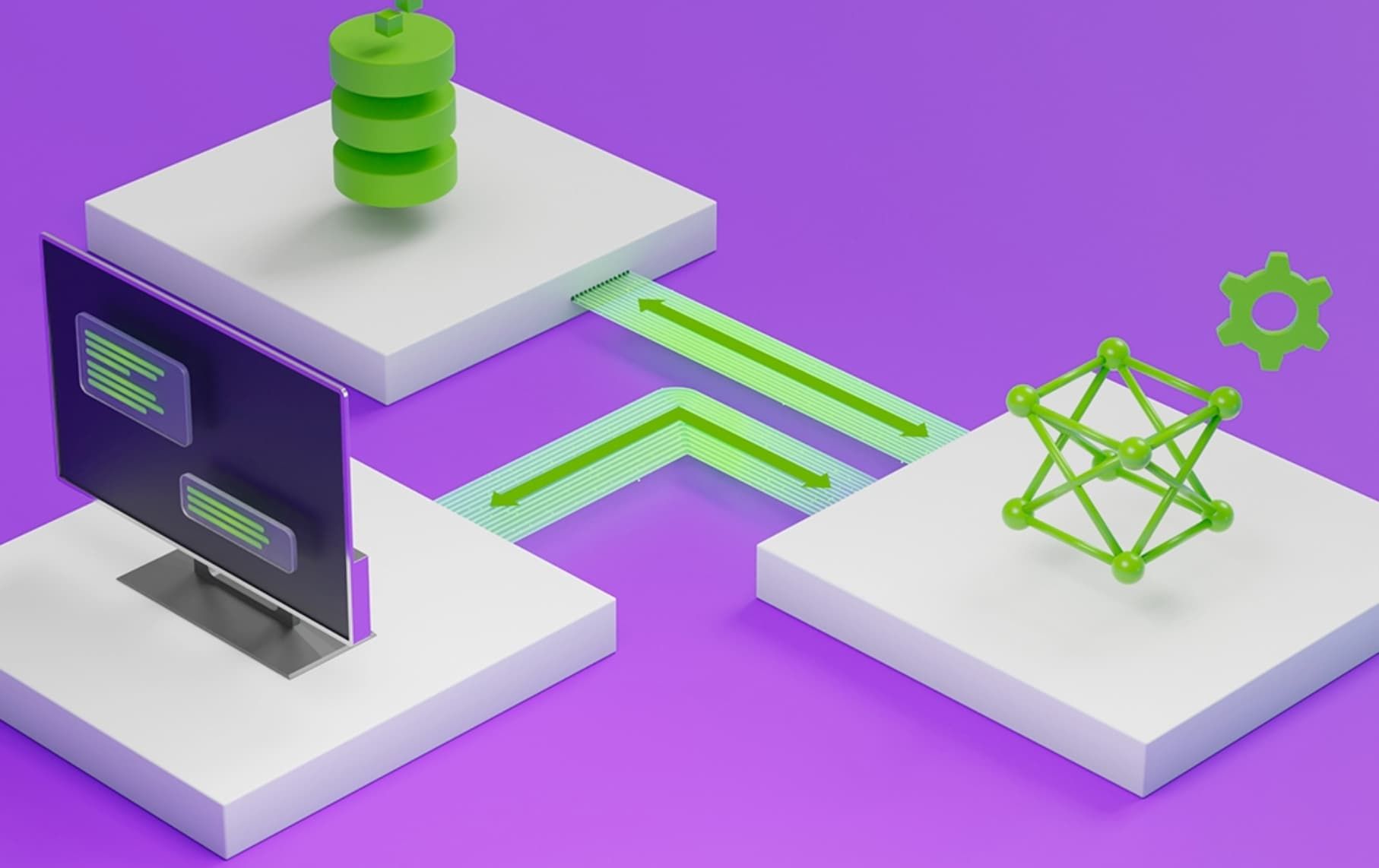
The availability of these tools is expected to be phased, with initial access provided to early adopters and strategic partners. Broader availability will likely follow, with continuous updates and feature enhancements as part of Nvidia's commitment to evolving its AI toolset.
Roadmap and Future Updates

Nvidia has outlined an ambitious roadmap for the continued development and expansion of its AI tools and the OpenUSD ecosystem. This includes plans to introduce new microservices and features that further streamline 3D content creation and enhance the integration of AI in virtual environments.
Nvidia is also focused on expanding its partnerships and collaborations, particularly through the Alliance for OpenUSD, to drive the adoption of OpenUSD as a cross-industry standard.
Future updates may include enhanced AI models for more sophisticated asset generation, improved tools for real-time collaboration, and expanded support for emerging technologies like spatial computing and augmented reality. Nvidia's commitment to continuous innovation ensures that users will have access to cutting-edge tools and technologies as they evolve.
Alternative Options
While Nvidia's new AI tools offer a robust solution for 3D world creation, several alternative AI platforms also provide capabilities that could be utilized in similar contexts:

-
ClipitAI - ClipitAI is an AI writing assistant that helps generate blog posts, articles, social media content, and more. It could be a good alternative to Nim for content generation tasks.

-
Remodeled AI - Remodeled AI is a custom AI modeling platform that allows users to build and train AI assistants tailored to their specific needs. This level of customization would make Remodeled AI a viable alternative to Nim.

-
Tapped AI - Tapped AI offers AI writing and editing tools to help users generate social media posts, product descriptions, website content, and other written works. Its focus on writing makes it a potential alternative to Nim.
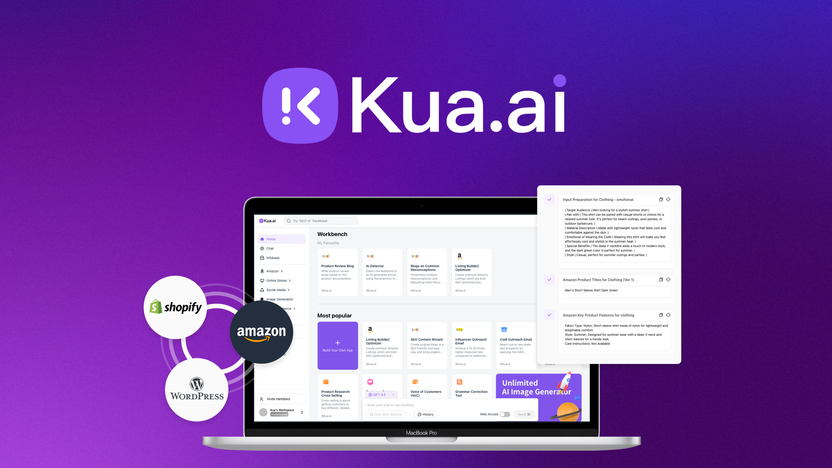
-
Kua.ai - Kua provides AI solutions for both text and image generation and analysis. With its breadth of AI capabilities beyond conversation, Kua could substitute for some of Nim's general AI functions.

-
UBOS: A comprehensive platform that combines generative AI with low-code development, enabling rapid creation and deployment of AI-powered applications across various business functions. It features a template marketplace for pre-built AI applications and a visual interface for custom development.

-
AI Foundry: Launched by Nvidia, this service allows enterprises to create custom "supermodels" using Llama 3.1 models, integrating with Nvidia's computational resources for tailored generative AI applications.
Each of these platforms offers unique strengths and could serve as complementary tools or alternatives, depending on the specific needs and resources of the user.
Final Thoughts
Nvidia's new AI tools unveiled at Siggraph 2024 represent a significant advancement in the creation of 3D worlds and digital twins. By leveraging generative AI and supporting the OpenUSD standard, these tools are poised to streamline workflows across various industries, from entertainment to engineering.
With robust features, strong industry partnerships, and a clear roadmap for future development, Nvidia is set to play a leading role in the evolution of 3D content creation. As the industry landscape continues to evolve, alternative AI solutions from companies like Anthropic, DeepMind, OpenAI, AWS, and Google also provide valuable options for developers and organizations looking to leverage the power of AI in their projects.

